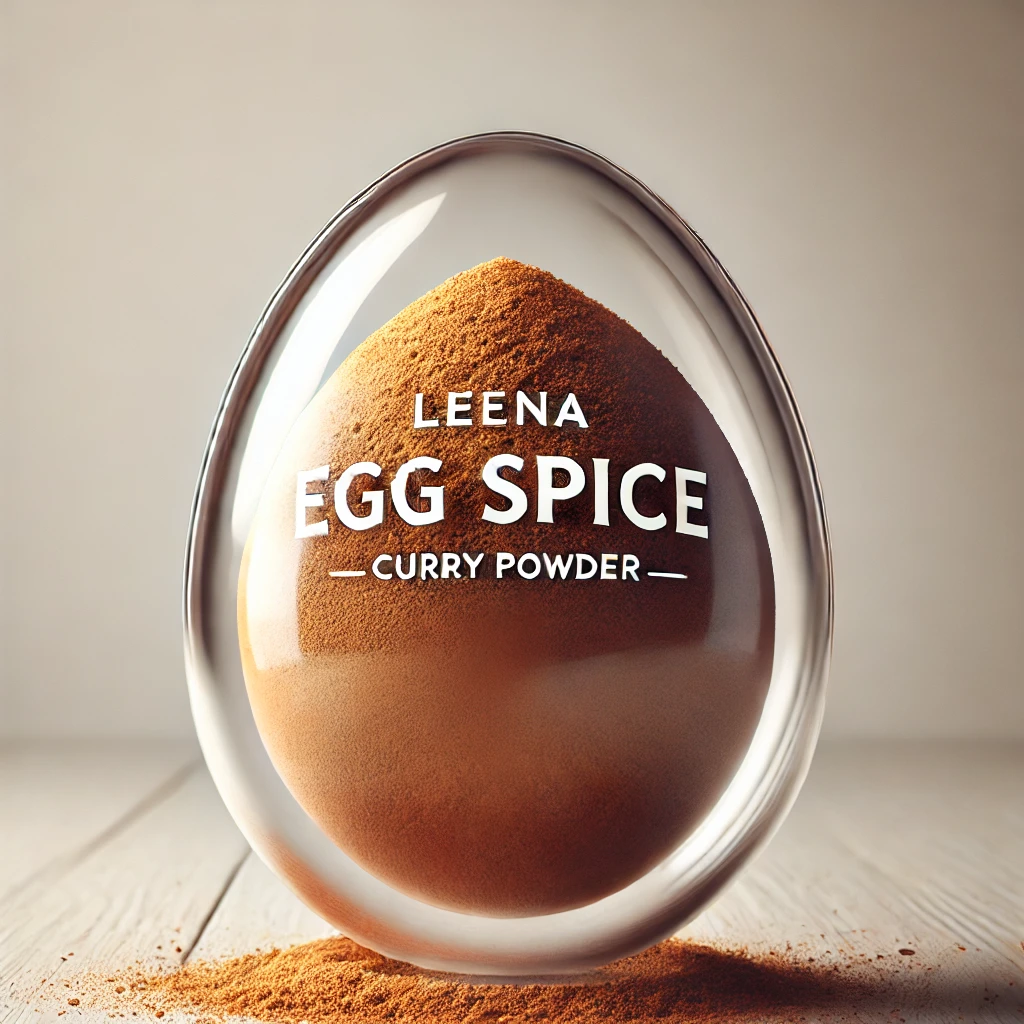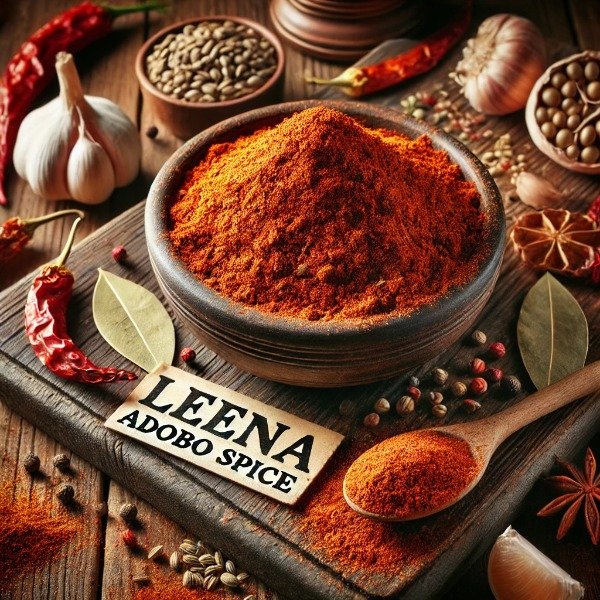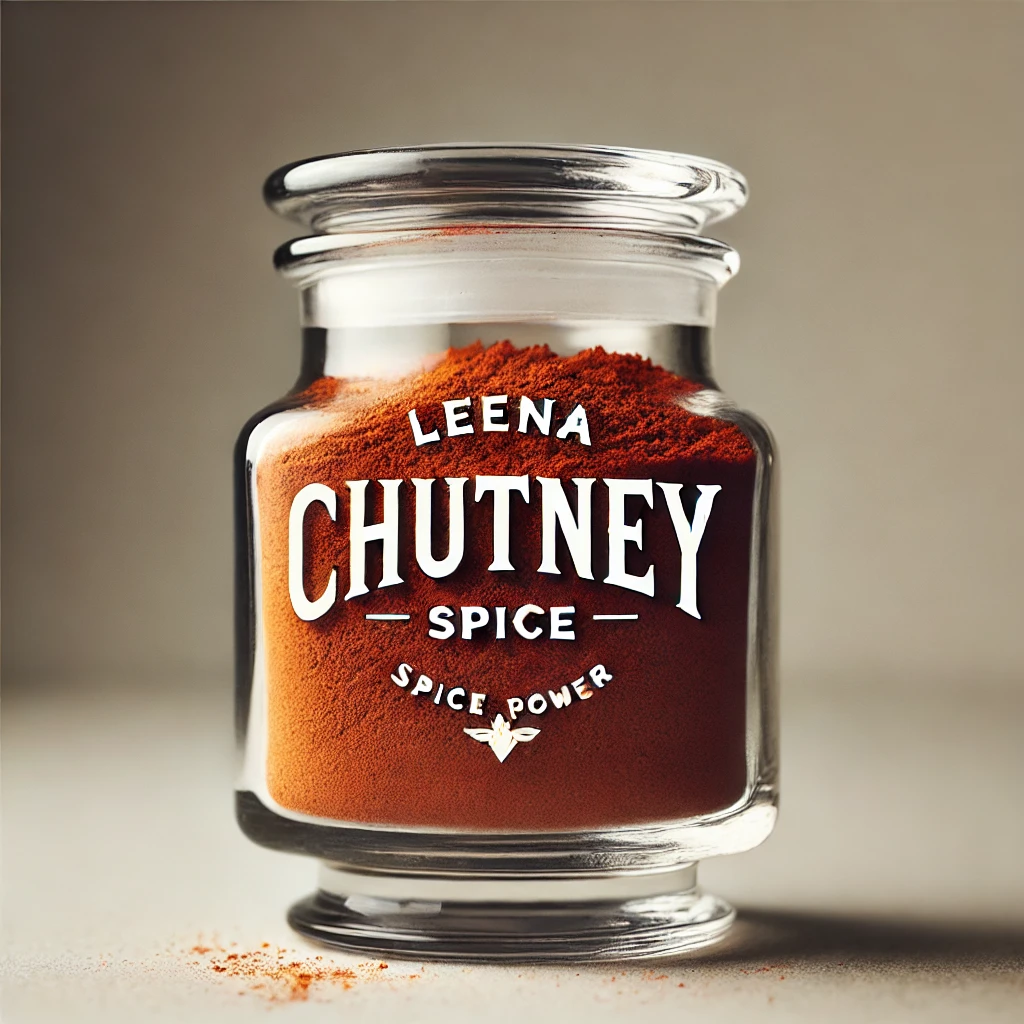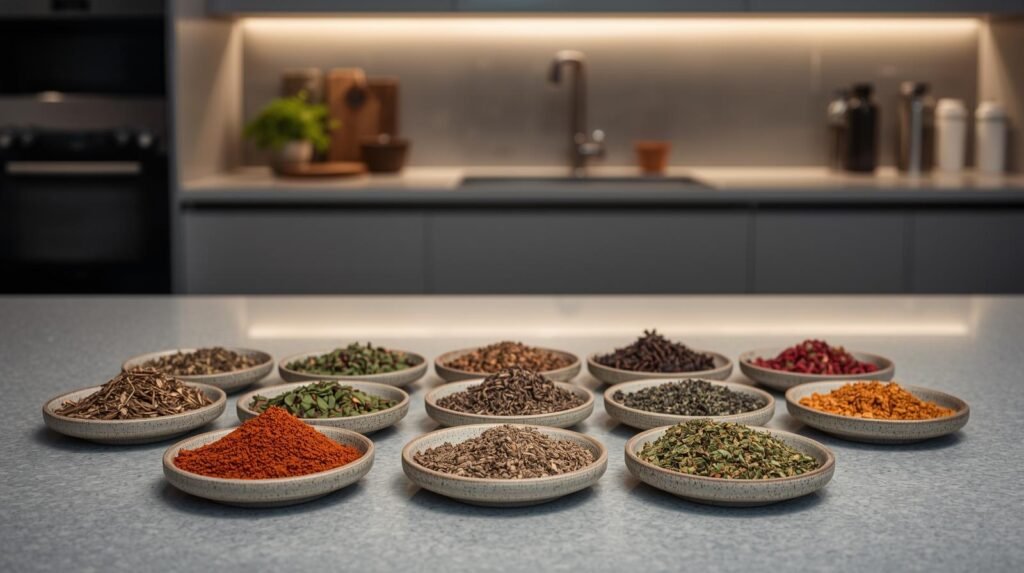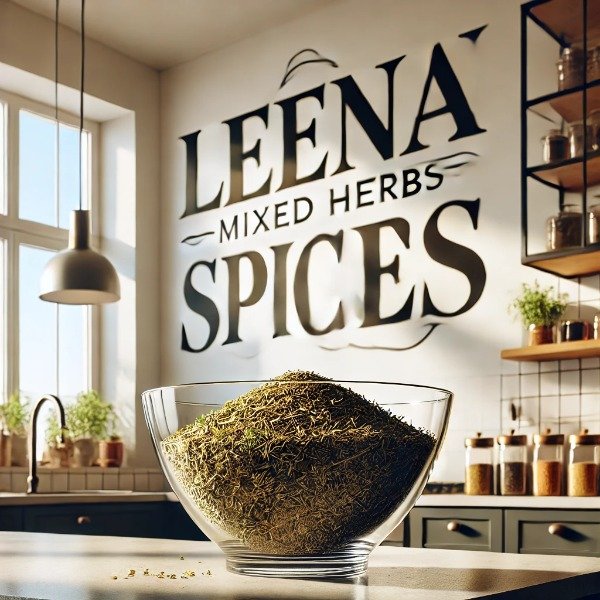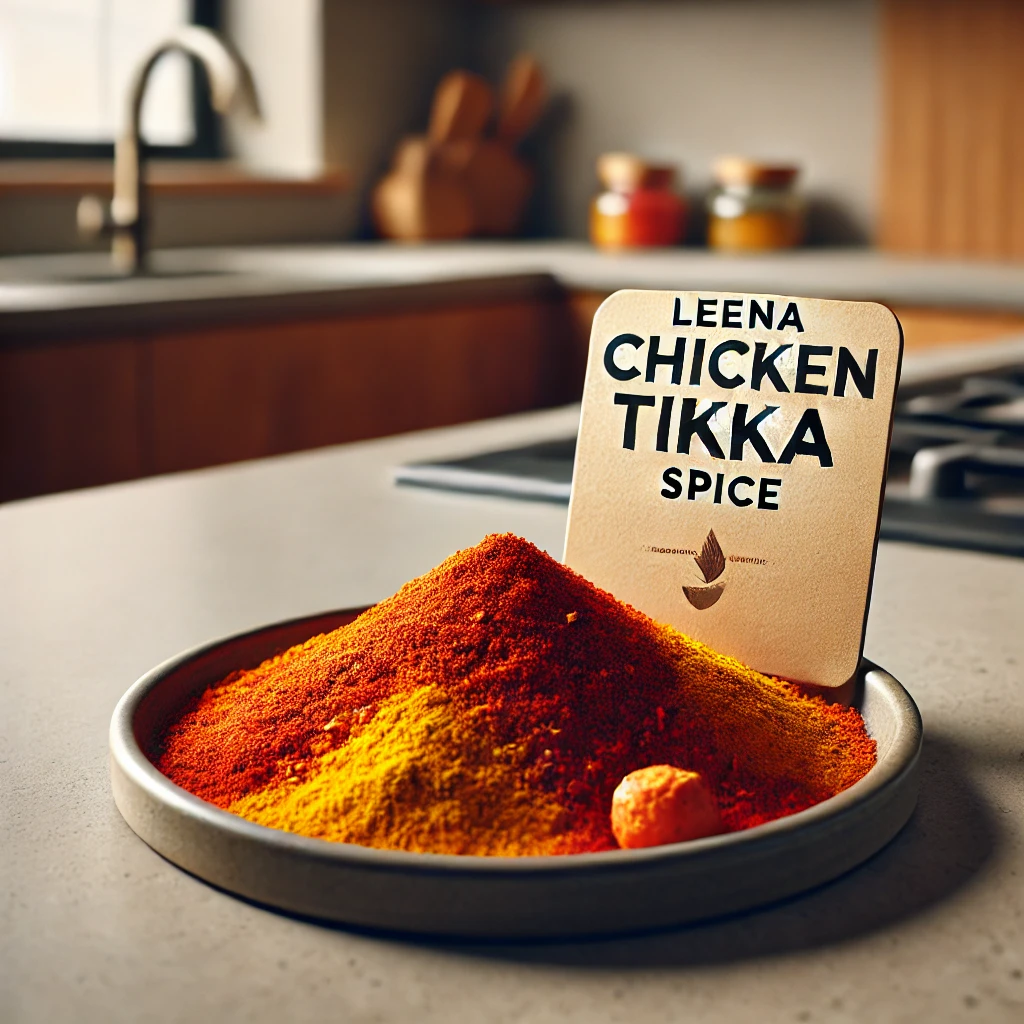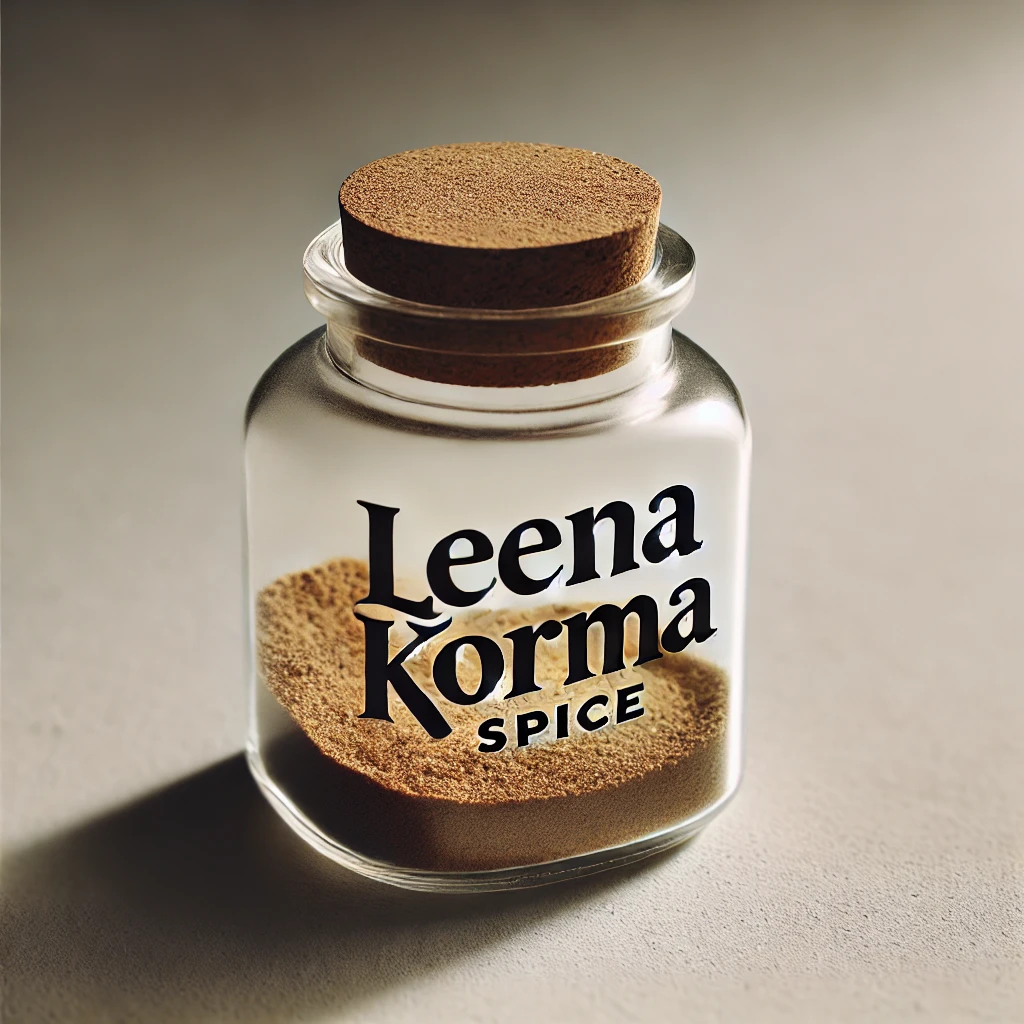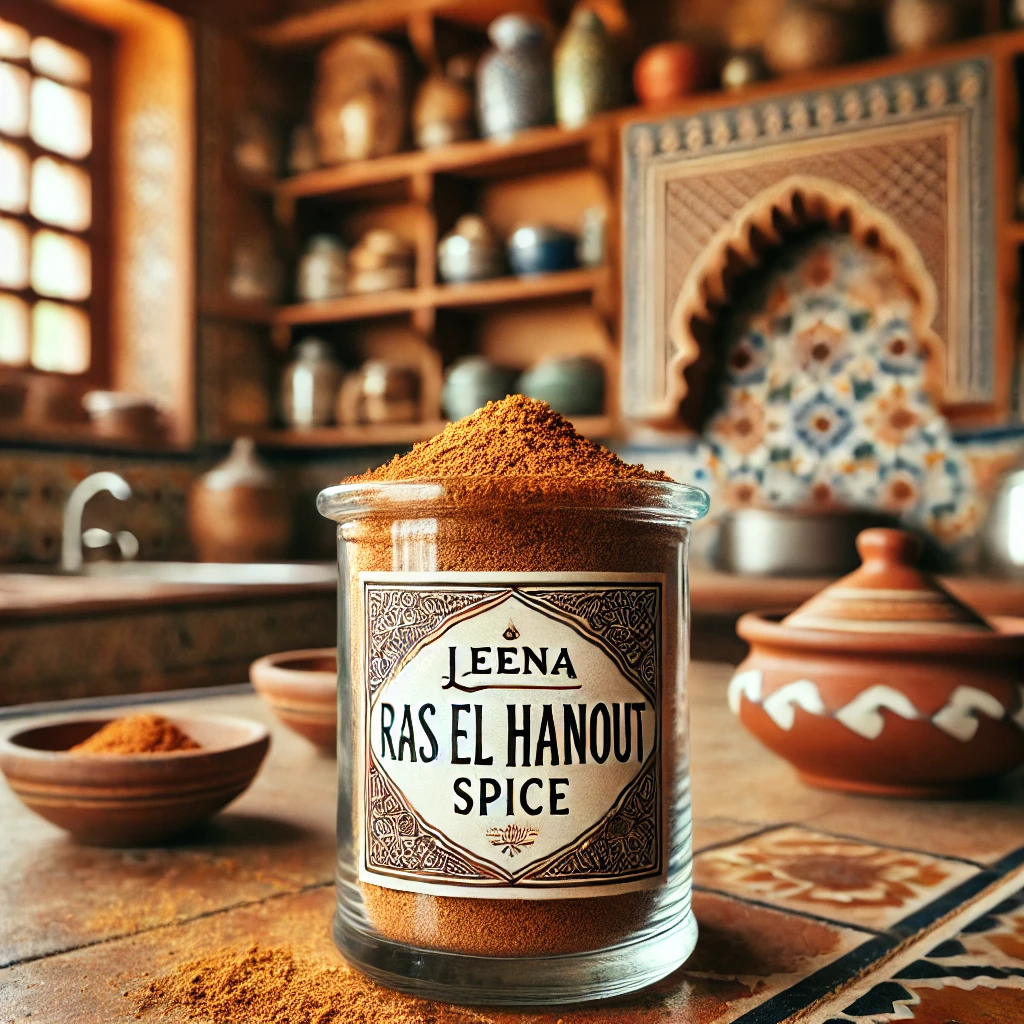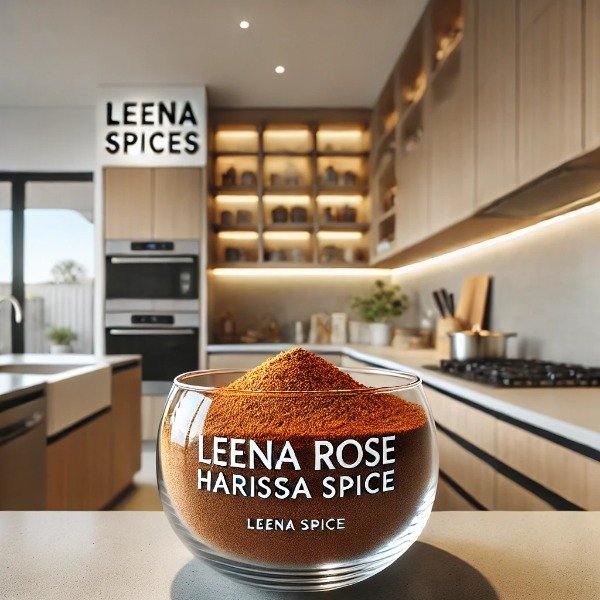What Are The Health Benefits of Garam Masala
Table of Contents
- Introduction
- What Is Garam Masala?
- Nutritional Breakdown of Garam Masala Spices
- Health Benefits of Garam Masala
- Antioxidant Properties
- Digestive Health Support
- Anti-Inflammatory Effects
- Blood Sugar Regulation
- Heart Health Benefits
- Immune System Support
- How to Use Garam Masala for Maximum Health Benefits
- Potential Risks and Considerations
- Conclusion
- FAQ
Introduction
Garam masala is a traditional Indian spice blend known for its rich, warming aroma and ability to enhance dishes such as curries, soups, and stews. Common ingredients include cumin, coriander, cardamom, and cinnamon, each contributing distinct flavors and valuable nutrients.
Beyond its role in cooking, garam masala offers notable health benefits. Many of its components contain antioxidants that help protect cells from damage, anti-inflammatory compounds that may support joint and heart health, and natural digestive aids that can improve gut function.
With increasing global interest in natural and health-promoting foods, garam masala is attracting attention not only for its taste but also for its potential wellness benefits. This guide examines the evidence-based benefits of garam masala, offers practical tips for incorporating it into everyday meals, and outlines precautions for safe use.
By understanding the nutritional and medicinal value of this staple in Indian spices, you can make informed choices about how to enjoy both its flavor and its health-supporting properties.
What Is Garam Masala?
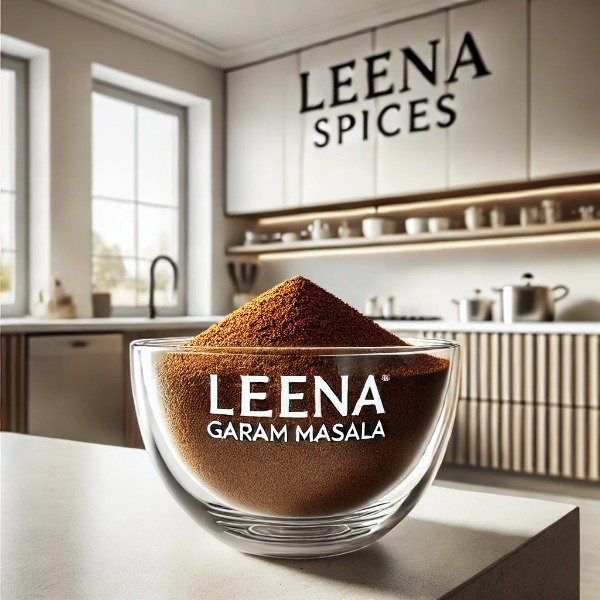
Garam masala is a traditional Indian spice blend valued for its warm, complex flavor and aromatic depth. The term comes from Hindi, where garam means “warm” and masala means “spice blend,” referring to its warming effect in both taste and Ayurvedic tradition.
While recipes vary by region and household, common garam masala ingredients include cumin, coriander, cardamom, cinnamon, cloves, nutmeg, and black pepper. Northern Indian versions often highlight cardamom and cinnamon for sweetness, while Southern variations may feature more black pepper or dried chilies for added heat.
This Indian spice blend is highly versatile, used in curries, soups, stews, marinades, and even roasted vegetables. To retain its full aroma and nutritional value, it is typically added toward the end of cooking rather than during prolonged high-heat cooking.
Garam masala has been part of Indian culinary traditions for centuries, offering not only flavor but also cultural significance. Today, it remains a staple in kitchens around the world, appreciated for its ability to enhance both vegetarian and meat-based dishes.
Garam Masala Nutrition: The Health Properties of Indian Spices
The nutritional value of garam masala comes from the combined health properties of the spices it contains. While recipes vary, common spices in garam masala—such as cumin, coriander, cardamom, cinnamon, cloves, and black pepper—each contribute distinct compounds that support overall wellness.
- Cumin – A rich source of iron, essential for energy production, and contains antioxidants and digestive enzymes that promote gut health.
- Coriander – Provides vitamins C and K, along with anti-inflammatory compounds that may help reduce swelling and support immune function.
- Cardamom – Contains fiber, manganese, and antioxidants that contribute to digestive health and overall well-being.
- Cinnamon – Supplies cinnamaldehyde, a bioactive compound linked to improved blood sugar regulation and metabolic support.
- Cloves – High in eugenol, known for its anti-inflammatory and antimicrobial effects, which may help protect against infections.
- Black Pepper – Contains piperine, which enhances the absorption of nutrients from other foods and spices in the blend.
Garam masala is naturally low in calories yet nutrient-dense, allowing these benefits to be delivered in small amounts. The exact nutritional profile will vary depending on the spice ratios and any additional ingredients in a particular recipe or brand.
Using freshly ground, high-quality garam masala ensures maximum flavor and nutritional value, making it a practical and health-conscious addition to everyday cooking.
Health Benefits of Garam Masala
Garam masala’s blend of spices not only enhances flavor but also delivers evidence-based health benefits. Each spice contributes unique compounds that promote wellness, from fighting oxidative stress to supporting heart health. Below, we explore six key benefits, backed by science, to show why this Indian spice blend is a powerhouse for your health.
Antioxidant Properties
Spices like cloves, cinnamon, and cardamom in garam masala are rich in antioxidants, such as polyphenols and flavonoids. These compounds neutralize free radicals, reducing oxidative stress that can lead to chronic diseases like cancer or heart disease. Cloves, in particular, rank high in antioxidant capacity, with studies showing their ability to combat inflammation and protect cells. A 2010 study in Food Chemistry highlighted cloves’ potent antioxidant activity, which may lower disease risk when consumed regularly. By incorporating garam masala into meals, you add a flavorful dose of these protective compounds, supporting long-term health with every sprinkle.
Digestive Health Support
Anti-Inflammatory Effects
Cloves, cinnamon, and cardamom in garam masala offer potent anti-inflammatory effects. Cloves contain eugenol, a compound shown to reduce inflammation markers, potentially easing conditions like arthritis or muscle soreness. Cinnamon and cardamom also lower inflammatory responses, with studies linking their compounds to decreased swelling and pain. A 2015 study in Molecules noted eugenol’s role in reducing inflammation in chronic conditions. Consistent, moderate use of garam masala in cooking can contribute to these benefits, helping manage inflammation-related discomfort. Adding it to dishes like roasted vegetables or stews ensures you harness these spices’ anti-inflammatory power effectively.
Blood Sugar Regulation
Cinnamon in garam masala plays a key role in blood sugar regulation by improving insulin sensitivity. Its active compound, cinnamaldehyde, helps lower fasting glucose levels, as shown in a 2013 study in Nutrition Research. Cumin also supports metabolic health by enhancing insulin function and reducing blood sugar spikes. These spices make garam masala a valuable addition for those managing diabetes or aiming to stabilize energy levels. Sprinkling it on oatmeal or incorporating it into savory dishes can provide subtle yet effective metabolic support. Regular use, alongside a balanced diet, maximizes these blood sugar benefits.
Heart Health Benefits
Cardamom and cinnamon in garam masala support heart health by potentially lowering cholesterol and blood pressure. Cardamom’s antioxidants may reduce LDL cholesterol, while cinnamon improves lipid profiles, as noted in a 2017 study in Journal of Traditional and Complementary Medicine. Black pepper’s piperine enhances circulation, aiding cardiovascular function. These spices work together to promote heart wellness when used consistently in moderation. Adding garam masala to heart-healthy dishes like grilled chicken or vegetable soups can amplify these benefits, making it a tasty ally for cardiovascular care.
Immune System Support
How to Use Garam Masala for Maximum Health Benefits
Garam masala can be a powerful addition to a healthy diet when used strategically. Incorporating it into everyday meals provides antioxidants, anti-inflammatory compounds, and digestive-supporting nutrients from spices like cumin, cardamom, and cloves.
Use small amounts—about ¼ to ½ teaspoon per serving—to enrich flavor without overpowering a dish. To retain beneficial compounds, such as cumin’s digestive enzymes and cinnamon’s cinnamaldehyde, add garam masala near the end of cooking rather than during prolonged high heat.
Pairing garam masala with healthy fats like olive oil, coconut oil, or ghee can improve the absorption of fat-soluble nutrients, enhancing its overall benefits.
Example Recipe – Garam Masala Roasted Chickpeas
- Preheat oven to 400°F (200°C).
- Drain and rinse a 15-oz can of chickpeas, pat dry.
- Toss with 1 tablespoon olive oil, ½ teaspoon garam masala, and a pinch of salt.
- Spread on a baking tray and roast for 20–25 minutes until crispy.
This snack offers fiber, plant-based protein, and antioxidants in one simple preparation. For maximum potency, choose freshly ground, high-quality garam masala or make your own by toasting and grinding spices such as cumin, coriander, and cardamom. Regular use in varied dishes helps you enjoy its digestive, immune-boosting, and anti-inflammatory benefits while adding depth of flavor to your meals.
More Than 200 Spices You Can Blend From Home
Get Instant Download Now
Potential Risks and Considerations
Overconsumption, especially of black pepper, may irritate the digestive tract, leading to discomfort or acid reflux. People with specific medical conditions should be cautious — for example, those with diabetes may need to monitor cinnamon intake due to its potential to lower blood sugar, and individuals on blood-thinning medications should consult a healthcare professional before regular use.
Quality is another important factor. Fresh, high-quality garam masala offers the best flavor and nutritional value, while blends containing fillers, artificial additives, or excessive salt may reduce benefits and introduce unwanted chemicals.
For safe consumption, moderate daily use — typically ¼ to ½ teaspoon per serving — is recommended. The health benefits, including antioxidant and anti-inflammatory effects, come from consistent, mindful inclusion in meals rather than occasional large quantities. By selecting reputable suppliers and using garam masala in moderation, you can enjoy its flavor and health-promoting properties while minimizing potential risks.
Conclusion
Garam masala is more than a staple of Indian cooking . It is a concentrated source of health-promoting compounds. Its antioxidant-rich spices, such as cloves and cinnamon, help reduce oxidative stress, while cumin and coriander aid digestion. Cardamom and cinnamon contribute to anti-inflammatory effects, support blood sugar control, and promote heart health. Versatile enough for curries, soups, or snacks like roasted chickpeas, garam masala adds depth of flavor while delivering measurable wellness benefits. Using it in moderation ensures safe enjoyment and maximum impact. Incorporate it into your meals to experience both its culinary and nutritional value.
FAQ
Q: What are the main health benefits of garam masala?
A: Garam masala offers multiple health benefits due to its blend of nutrient-rich spices. It provides powerful antioxidants that protect cells from damage, supports digestion by promoting enzyme activity and soothing the gut, and has anti-inflammatory effects that may reduce swelling and pain. Additionally, garam masala helps regulate blood sugar levels, supports heart health by improving cholesterol and circulation, and boosts the immune system with antimicrobial compounds and vitamins. Using it regularly in moderate amounts can contribute to overall wellness.
Q: Can garam masala help with weight loss?
A: Garam masala contains spices like cumin and black pepper that may support metabolism by enhancing digestion and increasing calorie burning slightly. Black pepper’s piperine can improve nutrient absorption and may aid fat metabolism, while cumin promotes digestive health. However, garam masala is not a direct or standalone weight-loss solution. Its benefits work best when combined with a balanced diet and regular exercise as part of a healthy lifestyle.
Q: How much garam masala should I use daily?
A: It’s generally recommended to use between ¼ to 1 teaspoon of garam masala per meal, depending on your taste preference and the dish. Using moderate amounts helps you enjoy its flavor and health benefits without overwhelming your palate or causing digestive discomfort. Start with smaller quantities to assess your tolerance, then adjust as needed.
Q: Are there any side effects of garam masala?
A: While garam masala is safe for most people, some may experience allergic reactions to certain spices like cinnamon or cloves, which can cause skin irritation or breathing issues. Overconsuming spices such as black pepper might lead to digestive discomfort, including acid reflux or stomach irritation. It’s important to use garam masala in moderation—typically ¼ to ½ teaspoon per serving—and consult a healthcare professional if you have medical conditions or take medications that could interact with its ingredients.
Q: Can I make garam masala at home?
A: Yes, making garam masala at home is simple and allows you to customize the blend to your taste. Typically, whole spices like cumin, coriander, cardamom, cinnamon, cloves, nutmeg, and black pepper are toasted lightly to release their aroma, then ground into a fine powder. Using fresh, high-quality spices ensures maximum flavor and health benefits. Homemade garam masala also lets you control the spice ratios and avoid additives found in some store-bought blends.
Q: Is garam masala safe for everyone?
A: Garam masala is generally safe for most people when used in typical culinary amounts. However, individuals with allergies to specific spices like cinnamon or cloves should avoid it. People with certain health conditions—such as diabetes or those taking blood-thinning medications—should consult a healthcare professional before using garam masala regularly, as some spices may affect blood sugar or interact with medications. As always, moderation is key to safe consumption.
Related Posts
The Ultimate Guide to Garam Masala: How to Use, Make, and Benefit from This Indian Spice Blend
10 Top Chicken Recipes With Garam Masala
10 Garam Masala Recipes For Barbecue
10 Popular Garam Masala Recipes How to Make Beef
10 Recipes How to Make Garam Masala Chutney
10 How to Make Vegetables With Garam Masala Recipes
10 Best Garam Masala Recipes How to Make Lamb
10 Best Ways to Make Garam Masala Paneer Delights
10 Best Ways How to Make Garam Masala Egg Recipes
10 Best Ways to Make Garam Masala Dips
How to Make 10 Garam Masala Fish Recipes
10 Most Popular Garam Masala Salad Recipes
12 Most Delicious Garam Masala Soup Recipes
10 Popular Garam Masala Pork Recipes for USA, Australia, New Zealand
10 Authentic Garam Masala Rice Recipes





